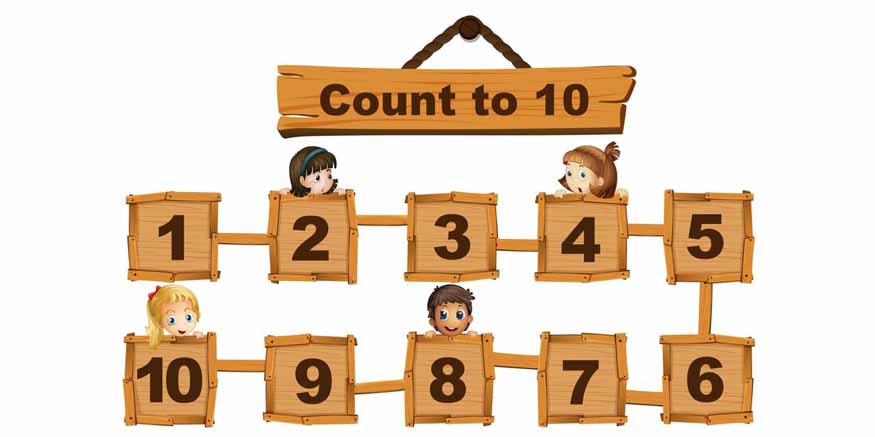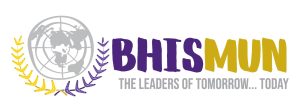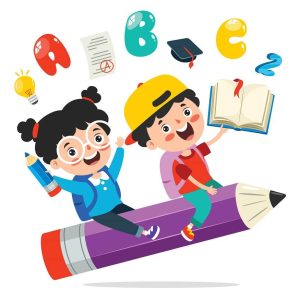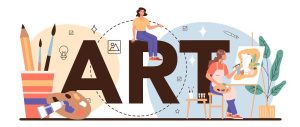Unlocking the Power of Backward Counting: A Journey Through Numbers

Counting is a fundamental skill that children learn from a very young age. As they grow, they are introduced to more complex forms of counting, such as backward and forward counting. This is a skill that may seem simple, but it has a significant importance in a child’s development.
We will explore the concept of backward and forward counting and its benefits for children. Backward counting is the process of starting from a higher number and gradually decreasing the count until reaching zero. This may seem like a simple activity, but for children, it involves a lot of mental processing and understanding of numbers. It is an important building block in developing their mathematical skills and lays the foundation for more complex concepts like subtraction and problem-solving.
The ability to count backwards is not only limited to mathematics but has practical applications in everyday life as well. Children use this skill when counting down to something, like before starting a race or a game. It also helps them grasp the concept of time, as they learn to count down minutes and hours.
Explaining the Concept of Counting Backward
Backward counting, also known as countdown or reverse counting, is the process of counting in descending order from a given number to one. For example, counting backwards from 10 would go like this: 10, 9, 8, 7, 6, 5, 4, 3, 2, 1. It is the opposite of forward counting, where we count in ascending order.
The main difference between the two is the direction in which we count. While forward counting starts from a lower number and goes up, backward counting starts from a higher number and goes down. This difference in direction may seem simple, but it has its unique benefits.
Examples of Backward Counting for Kindergarten
Backward counting can be seen in our daily lives, from the countdown to New Year’s Eve or the ball drop to the launch of a rocket. It is also used in various educational activities and games for young children. Here are a few examples of backward counting for kindergarten numbers:
- Ten Little Indians – This well-known nursery rhyme involves counting backwards from ten to one. It is a fun and interactive way for children to learn and practice backward counting.
- Time Management – We often use backward counting when managing our time. For example, counting down from five to one helps us focus and prepare for an activity or task.
- Sports Countdown – In sports, we often see countdowns before a game or event starts. This builds anticipation and increases the excitement for the players and the audience.
- Fireworks Display – The countdown before a fireworks display is another example of backward counting. It adds to the excitement and helps the audience prepare for the grand finale.
Advantages of Backward Counting Number
Backward counting numbers is a valuable skill for children to learn as it has benefits for their mathematical development and overall cognitive skills. So next time you see your child counting down from ten, remember that they are not just playing a game, they are building their foundation for future learning as listed below:
- Builds Conceptual Understanding of Numbers – Backward counting numbers helps children understand the concept of numbers in a different direction, enhancing their overall understanding of numbers and counting.
- Improves Memory and Focus – Counting backwards requires more focus and concentration, which can improve memory and attention skills.
- Develops Problem-Solving Skills – Backward counting can be challenging, especially when skipping numbers. This can help children develop problem-solving skills as they figure out the pattern and sequence.
- Enhances Motor Skills – Backward counting also involves pointing or moving fingers while counting, which can improve fine motor skills and hand-eye coordination.
Challenges and Solutions for Backward Counting
Learning to count backwards can be a challenging task for many young learners. While counting forwards comes naturally to most children, counting backwards requires a different set of skills and can be a bit trickier. We will explore the common difficulties faced by students when learning backward counting and provide some helpful tips and resources for overcoming these challenges:
|
Common Difficulties in Learning Backward Counting |
Tips for Overcoming Challenges |
|
Understanding the concept: Many students find it difficult to grasp the idea of counting backwards because they’re used to counting forward. |
Introduce the concept gradually: Start with small numbers like five or ten, then gradually increase the difficulty. |
|
Difficulty with sequencing: Sequencing numbers in reverse order can be challenging for students, leading to errors and confusion. |
Use visual aids: Number lines, charts, and manipulatives provide a visual representation and help students understand the sequence better. |
|
Reversal of numbers: Some students reverse the numbers when counting backwards, starting with the highest number instead of the lowest. |
Practice regularly: Encourage daily practice of backward counting to improve skills and make it fun with games and activities. |
|
Lack of practice: Without regular practice, students may find it hard to master backward counting, hindering their progress in this skill. |
Enhances Motor Skills: Backward counting involves pointing or moving fingers, improving fine motor skills and coordination. |
In conclusion, backward counting offers a unique perspective on numbers, helping us grasp subtraction and prepare for more complex math. We explored its definition and differences from forward counting. Encouraging all the young ones to practice backwards counting regularly to strengthen their mathematical skills. It’s a valuable tool that can improve problem-solving abilities and enhance numerical fluency.
In the journey of learning, backward counting numbers play a vital role, offering a pathway to deeper mathematical understanding. For those seeking quality education in a nurturing environment, consider enrolling at Billabong High International School. Let’s learn about backward counting together and discover its benefits for every student. Come join us at Billabong High International School today and start an exciting journey of learning and growth.













